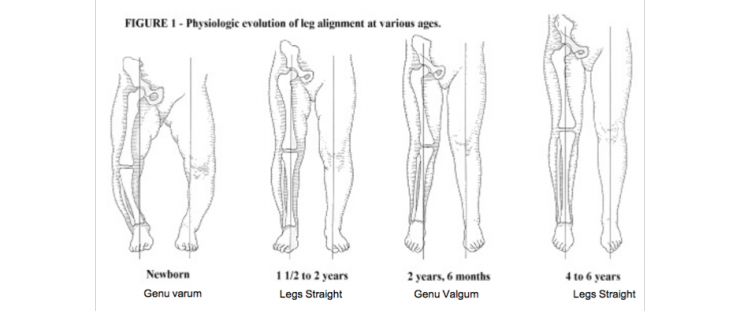Topic Archives: Measurement and assessment

Aug 13, 2017, 8:38 AM
A blog by Antoni Caserta.
Children fall; they twist their ankles all the time, but do you refer for imaging? If you do, are the xrays generally negative for fracture, and ultrasounds negative for soft tissue damage? What happens when the child is still limping, the ankle looks like a balloon and they screams when you go anywhere near the joint line?

Jun 18, 2017, 9:54 AM
Just like adults, kids have different pain thresholds because they also respond based on learned experience and how everyone around them responds when they hurt themselves. These experiences and responses gives them a pain calibration and one of the reasons you see mums and dads giving a sore knee a rub and a kiss and encouraging the child to run back to play. As a health practitioner, you need to work within this framework of learned response.

Mar 6, 2017, 9:41 PM
The flat foot is one of the most common presentations to health professionals. It is also one of the most controversial treatment. More often than not, while these children may have a slightly flatter foot, they will rarely complain of any pain and can be highly active kids. So the question remains, if we do treat, what exactly are we treating?

Nov 25, 2016, 7:39 AM
By Antoni Caserta
Picking up a leg length discrepancy during assessment isn’t uncommon in a consultation but what should we do about it?

Aug 18, 2016, 9:26 AM
Bow legs is a common complaint seen by podiatrist. It is often when a child begins to stand and walk, that the appearance of their legs triggers parental concern. But how much is too much and what can Podiatrists do?

Jul 22, 2016, 7:19 AM
This would be one of those common scenarios that pops up almost daily:
A parent attends with their 7 year old child for your opinion. The child looks bored and before you get a chance the chat with the child and work out what is going on, the parents kills the mood by pointing out “the deformity” that is their child’s feet. The poor child is looking at mum or dad completely confused at the situation because they are the fastest kid in the class and when at swimming classes they think everyone’s feet look the same?
Log into the members area for more......

Jun 27, 2016, 10:30 PM
Lack of ankle dorsiflexion often presents clinically as an altered gait pattern with an early heel lift (bouncy gait). The accurate measurement of available ankle range of motion is an important part of clinical decision making when considering starting treatment for any number of lower limb musculoskeletal conditions.
